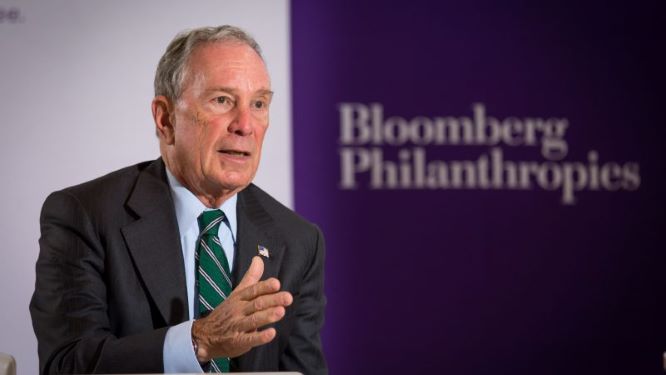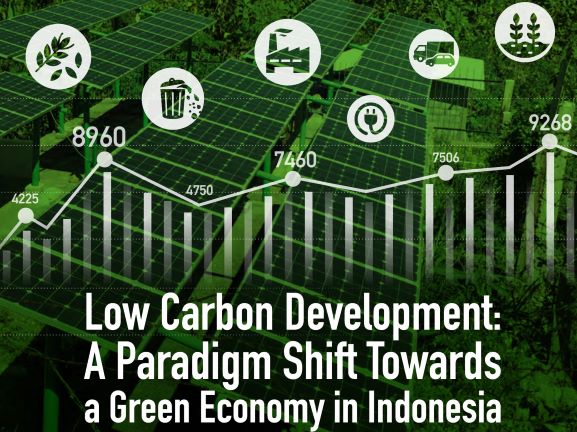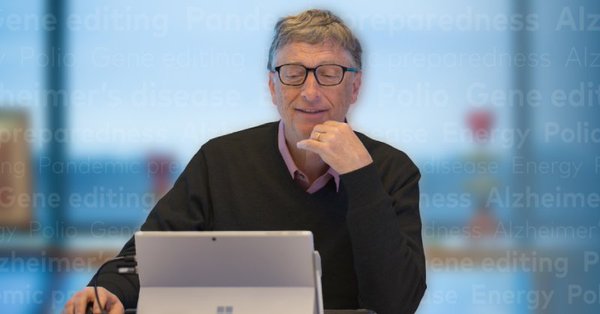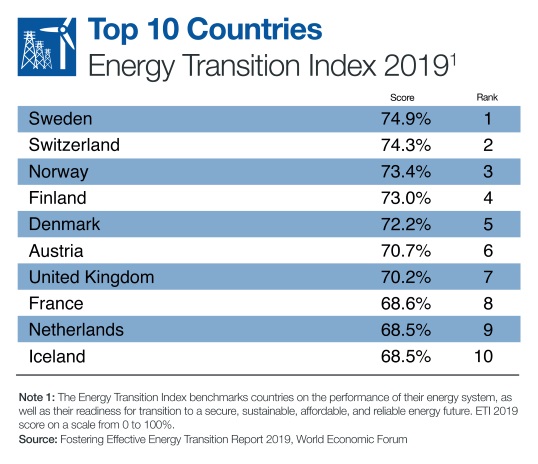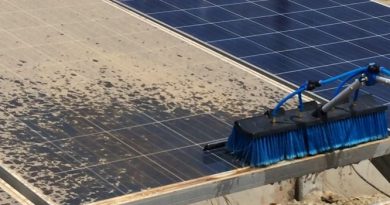Global Assets in Socially Responsible Investments Surge To Over $30tr in 2018
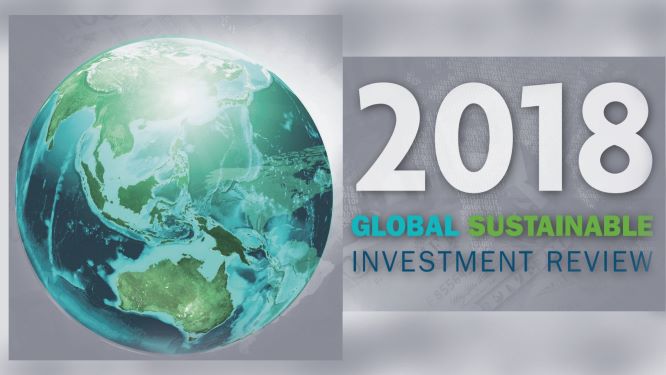
The Global Sustainable Investment Review is a biannual report that tracks asset flows into SRI strategies worldwide.
With noticeable growth in Canada, the U.S. and Japan, the Global Sustainable Investment Review 2018 a biennial report, which collates regional market studies of sustainable investment forums in Europe, the United States, Japan, Canada, Australia and New Zealand, found overall global growth of 34% from January 2016 to January 2018.
Sustainable investment assets, which includes environmental, social, and governance (ESG) and impact investing, has surged worldwide by more than a third since 2016, reaching assets of more than $30tr at the start of last year.
The global financial analysis has found Europe still accounts for the largest concentration of sustainable investment assets globally, totalling $14.1tr (€12.3tr), despite its overall global share falling from 53% to 49 % of the total between 2016 and 2018. This “may be due to a move to a stricter standards and definitions of sustainable investing” in Europe, according to GSIA.
The second largest region by assets remains the US, where U.S.-domiciled assets under management using sustainable strategies grew 38% to $12 trillion as of January 2018, from $8.7 trillion two years earlier.
Japan saw the largest growth spurt in sustainable investing assets, quadrupling to reach 18% in 2018 up from a mere 3% two years earlier. That makes Japan the third-largest centre for sustainable investing, with $2.2 trillion. It makes japan the largest centre for sustainable investing after Europe and the US.
In Canada, sustainable investing assets grew by 42% over the two-year period to $1.7 trillion, and now account for more than 50% of professionally managed assets there.
It also includes data on the African sustainable investing market in cooperation with the African Investing for Impact Barometer, alongside several countries in North, Central and South America using data provided by the Principles for Responsible Investment (PRI).
Southern Africa was responsible for the bulk of the assets, with $399.5 billion in one or more of the investing for impact strategies, a rise of 23 percent over the past year. Responsible investing rose 18 percent over the same time period in East Africa, to $18.2 billion in assets. Meanwhile, West Africa’s total assets declined 16 percent to $10.6 billion, due in part to the fluctuation in local currencies against the US dollar.
And Australia and New Zealand together represent the region with the greatest proportion of sustainable assets relative to total Asset under Management(AUM), at 63%.
Impact investing, which targets investments aimed at solving social or environmental problems, is a “small but vibrant segment of the broader sustainable and responsible investing universe” in all of the market studied, added GSIA.
On the other hand, a separate report released by the Global Impact Investing Network (GIIN) estimates the current size of the global impact investing market at $502bn.
Global Interest and India
Investors have been increasing their focus on ESG, and it has been evident by the growth in ESG assets globally. According to a McKinsey report, ESG assets totaled USD 22 trillion across Asia, Australia, New Zealand, Canada, Europe and the US at the start of 2016.
Internationally, institutional investors who practice ESG investing include the Government Pension Investment Fund (GPIF) of Japan, Norway’s Government Pension Fund Global (GPFG), and the Dutch pension fund ABP.
Back in India, ESG is still a niche market. In India, there are a handful of socially responsible funds such as Tata Ethical Fund, Taurus and Reliance ETF Shariah BeES which follow the moral codes of Shariah law while investing. That said, the government and SEBI has recognized the importance of adopting responsible business practices in the interest of the social set-up. The size of the ESG linked investments in India is pegged to be $30 billion and estimated to touch $240 billion in next 10 years, as per cKinetics.

